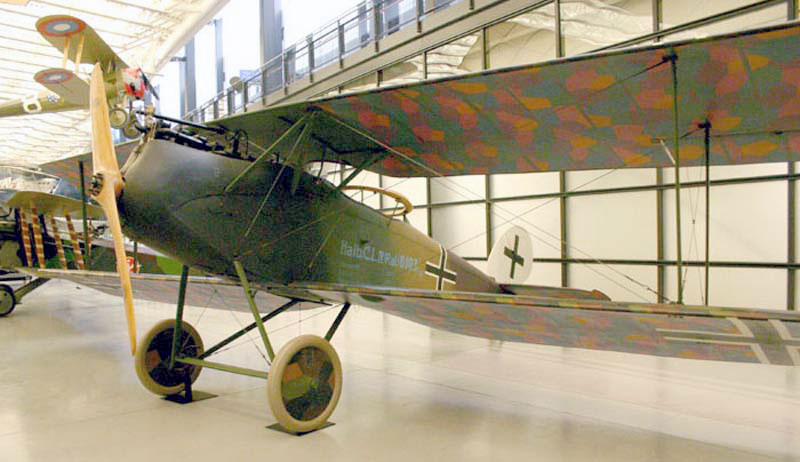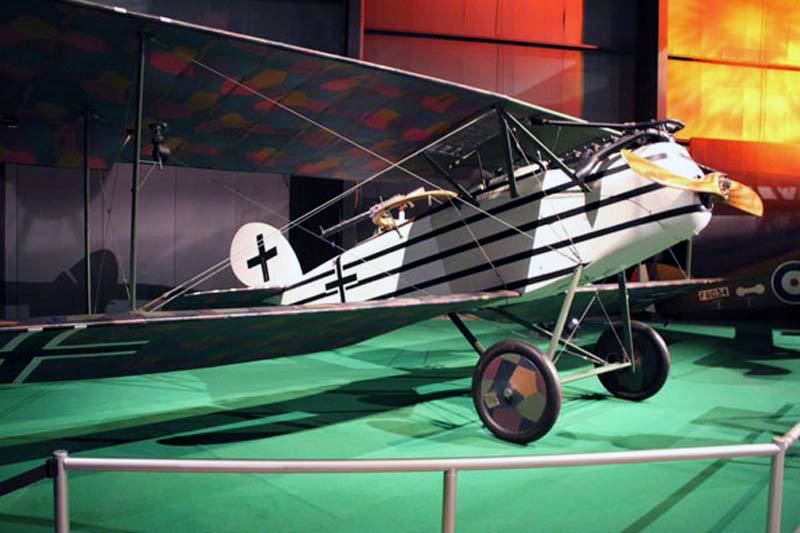| Halberstadt | |
|
CL.IV # |
|
 |
|
|
Photo: Robert Deering 10/23/2006 Smithsonian National Air and Space Museum Dulles International Airport (IAD) Chantilly, Virginia |
|
|
The effective ground attack
capabilities of the earlier Halberstadt CL.II were
realized late in 1917. With this successful adaptation
of the CL.II, design work began on an improved version,
specifically intended for the ground attack role. The
Halberstadt CL.IV was one of the best ground attack
aircraft of World War I. It performed well in combat as
a low-level attack airplane, relying on its good
maneuverability to avoid ground fire. After supporting
the desperate late German offensives in 1918,
Halberstadt CL.IVs were used to disrupt advancing Allied
offensives by striking at enemy troop assembly points.
When not on close support or ground attack missions, it
was used as a standard two-seat fighter for escort work.
Towards the end of the war, on bright, moonlit nights,
CL.IV squadrons attempted to intercept and destroy
Allied bombers as they returned from their missions.
Night sorties against Allied airfields were also made
with the CL.IV. Dimensions: Wingspan: 10.7 m (35 ft 3 in) Length: 6.5 m (21 ft 6 in) Height: 2.7 m (8 ft 9 in) Weight: Empty, 728 kg (1,602 lb) Gross, 1,068 kg (2,350 lb) Materials: Airframe: Wood Covering: Fabric Physical Description: Single-engine, two-seat, German World War I biplane ground attack aircraft; 160-horsepower Mercedes D.III water-cooled engine. Fuselage and top of wings green, mauve, brown camouflage. Lozenge camouflage on underside of wings and tail.
Source:
Smithsonian Air & Space Museum |
|
|

